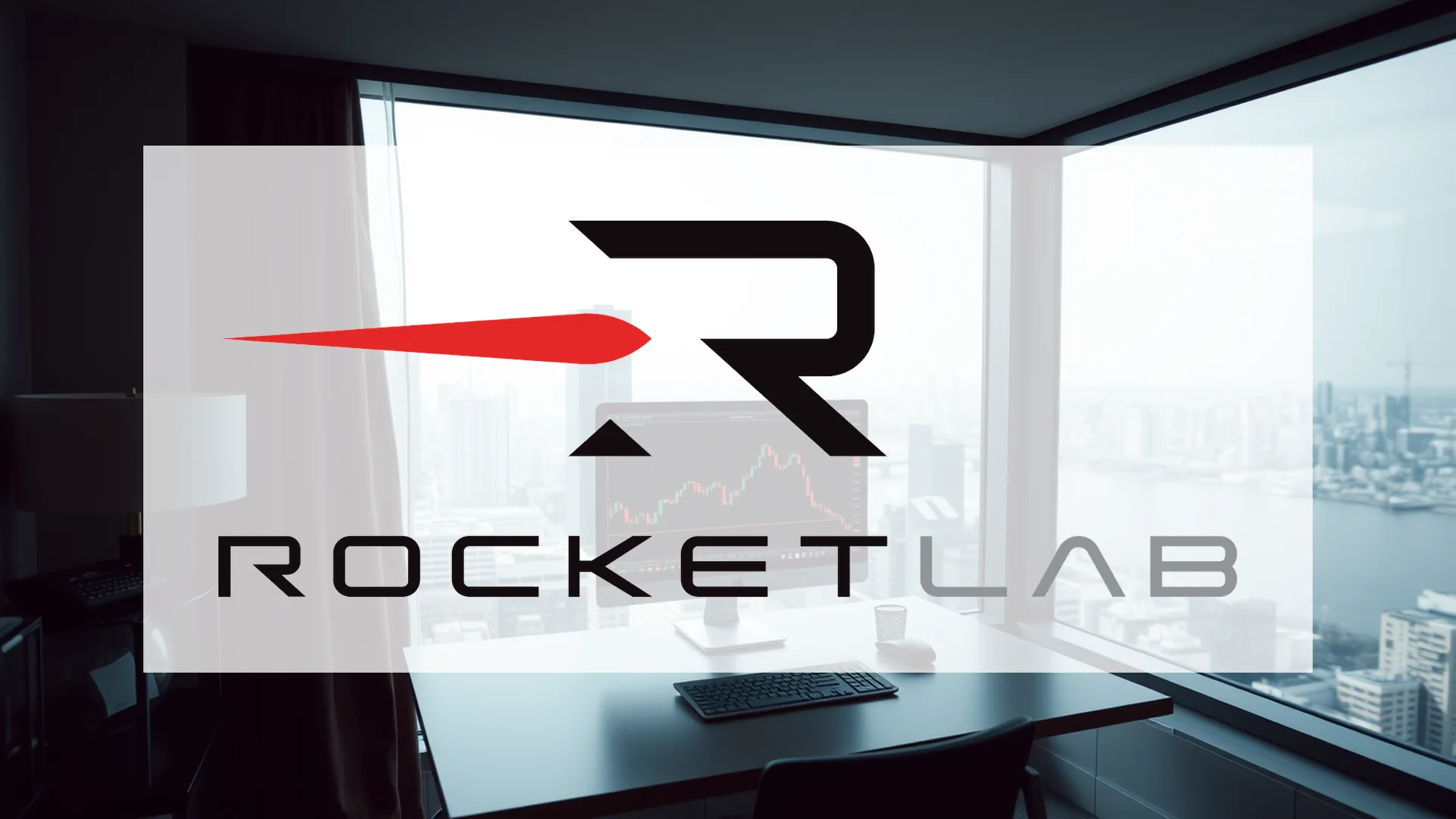For investors seeking diversified exposure to global equities, the MSCI World ETF remains a foundational holding. This investment vehicle tracks a broad basket of large- and mid-cap stocks across 23 developed nations, offering a window into the international marketplace. Recent performance has been heavily influenced by shifting inflation dynamics and pivotal commentary from central banks, which have particularly impacted the fund’s significant allocations to the technology and growth sectors.
A prime example of this category is the iShares Core MSCI World UCITS ETF (SWDA), a behemoth with assets under management exceeding €100 billion. It provides cost-efficient access through a low total expense ratio of 0.20%. The fund employs a physical replication strategy to track the MSCI World Index and automatically reinvests all dividends.
A High-Stakes Concentration
A closer look at the fund’s composition reveals a significant concentration of assets. The top ten holdings alone account for a substantial 26.70% of the entire portfolio. This heavy reliance on a select group of companies simultaneously amplifies the fund’s potential for gains and its exposure to specific risks.
NVIDIA, Microsoft, and Apple sit at the top of the holdings list, each commanding a significant share of the fund’s assets. NVIDIA, for instance, has been a major performance catalyst, boasting a year-to-date surge of 37.84%. However, this success story underscores a key vulnerability; a downturn in any one of these giants would send ripples through the entire ETF.
Should investors sell immediately? Or is it worth buying MSCI World ETF?
Overwhelming US Bias
From a geographical perspective, the United States asserts an overwhelming influence, constituting approximately 72% of the portfolio’s weight. This leaves other developed nations like Japan and the United Kingdom with markedly smaller allocations. Consequently, the fund’s trajectory is inextricably linked to the health of the US economy and fluctuations in the US dollar’s strength.
For a prospective investor, this means the ETF’s performance is closely correlated with that of the US markets, embodying both the advantages and the pitfalls of such a pronounced focus on a single economy.
The Double-Edged Sword of Tech
Sector allocation further highlights this concentration. Information technology is the clear leader, representing over 26% of the fund. It is followed by financials, industrial, and consumer discretionary stocks. While this tech-heavy slant has historically powered impressive growth during bull markets, it also increases the fund’s susceptibility to sector-specific volatility and regulatory headwinds.
This allocation is a direct reflection of the shifting tectonic plates within global finance. While the ETF provides a diversified gateway to developed markets, it must constantly navigate the turbulent waters created by its own significant bets on the world’s largest technology corporations.
Ad
MSCI World ETF Stock: Buy or Sell?! New MSCI World ETF Analysis from October 12 delivers the answer:
The latest MSCI World ETF figures speak for themselves: Urgent action needed for MSCI World ETF investors. Is it worth buying or should you sell? Find out what to do now in the current free analysis from October 12.
MSCI World ETF: Buy or sell? Read more here...













